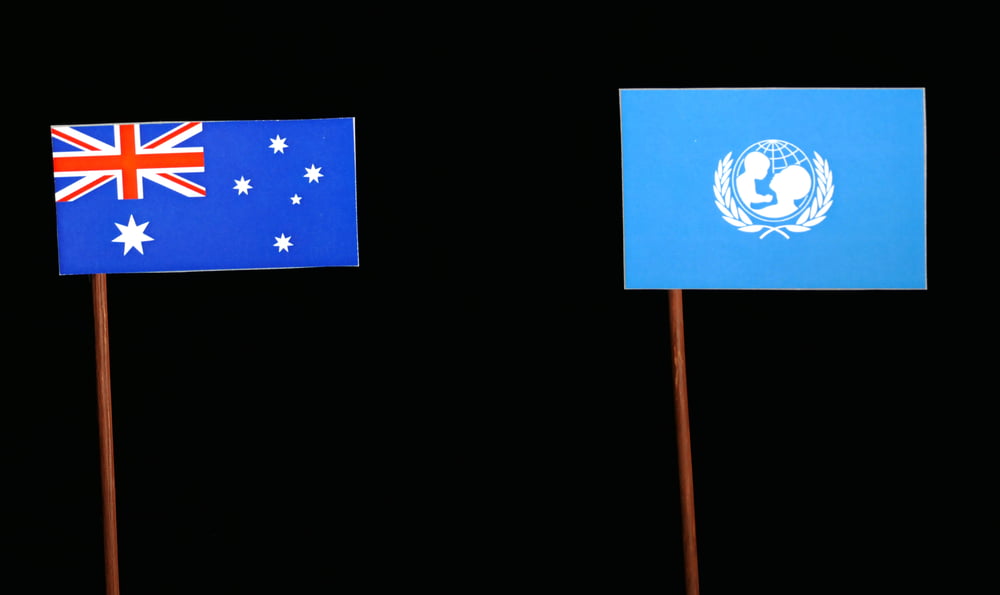In-browser cryptocurrency mining has obtained a very negative reputation over the past few weeks and months. This is mainly due to criminals exploiting this method as a way to generate revenue by stealing people’s computing resources. Unicef Australia, on the other hand, wants to put this concept in a positive light. This method will be used to fund the group’s causes, although it remains to be seen how successful it will be.
Unicef Australia and Cryptocurrency
Even though most people are only familiar with the negative side of in-browser cryptocurrency mining, the concept has a lot of potential as well. It all depends on how in-browser mining is integrated and where the generated funds will go. Doing social good is certainly an option people will gladly explore. This is why Unicef Australia is looking into this, as the organization is seeking alternative funding methods for its causes.
Bringing some positive attention to in-browser cryptocurrency mining is direly needed at this time. There have been so many negative headlines regarding this business model, it’s become increasingly difficult for companies and projects to embrace this concept for legitimate reasons. With Unicef Australia now on board, interesting things are bound to happen sooner or later. The charity has launched its HopePage for this specific purpose.
As the name somewhat suggests, HopePage is a web page filled with information regarding in-browser cryptocurrency mining. Donors can contribute a portion of their computing resources to support the charity, without having to pay any real money. For the time being, this feature is only available to Australians, although it may eventually become accessible in other places if things go according to plan.
Surprisingly, it seems Unicef Australia uses Coinhive’s AuthedMine. Although Coinhive is not the most popular company as of right now, their opt-in cryptocurrency in-browser mining solution continues to attract a lot of attention. Consequently, Unicef Australia will mine Monero, which is the only currency supported by Coinhive at this point in time. It is a bit unclear if Unicef will hold onto their XMR or immediately convert it to Australian dollars.
With so many anti-malware tools and ad blockers preventing Coinhive from being run in browsers, it will be interesting to see how this effort plays out for Unicef Australia. After all, Coinhive has become a service non grata in the cryptocurrency world due to its involvement in malicious cryptocurrency mining. It is possible that ad blockers and anti-malware tools will whitelist the HopePage address.
By enabling users to select how much computing power they wish to donate, Unicef Australia is going down an interesting path to collect funding for its projects. It is good to see this business model getting some positive attention, and the transparency provided by the charity is appreciated as well. Users will have to manually approve the mining process every time they visit the website, which should prevent any hijacking of computing resources.

